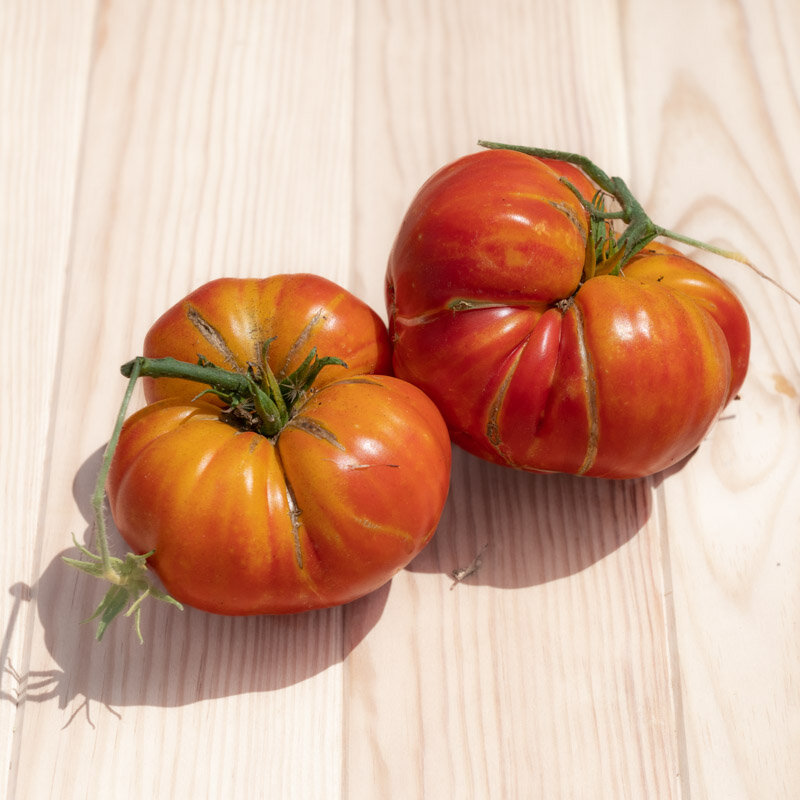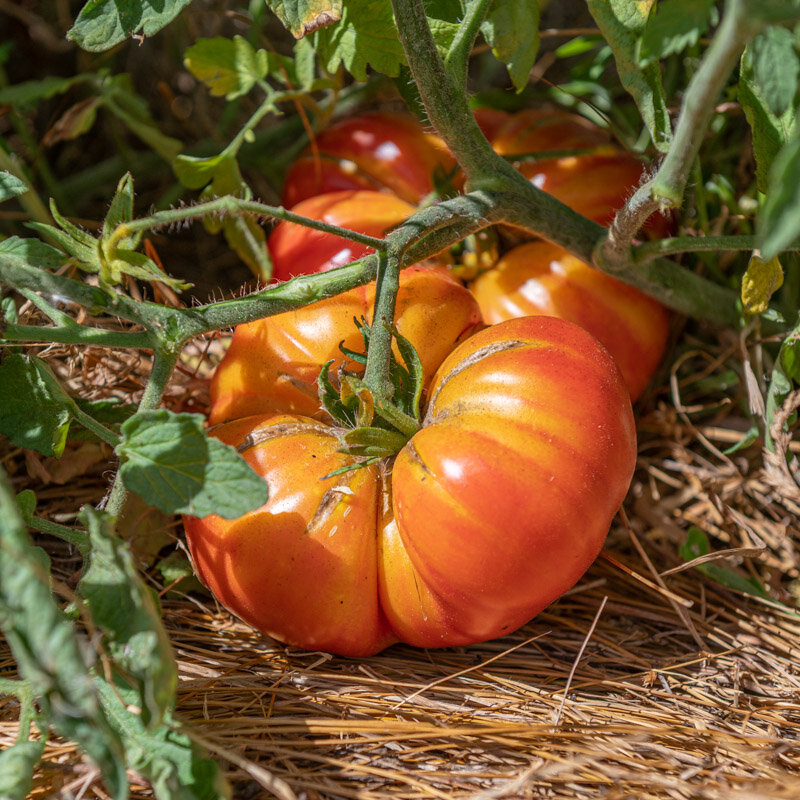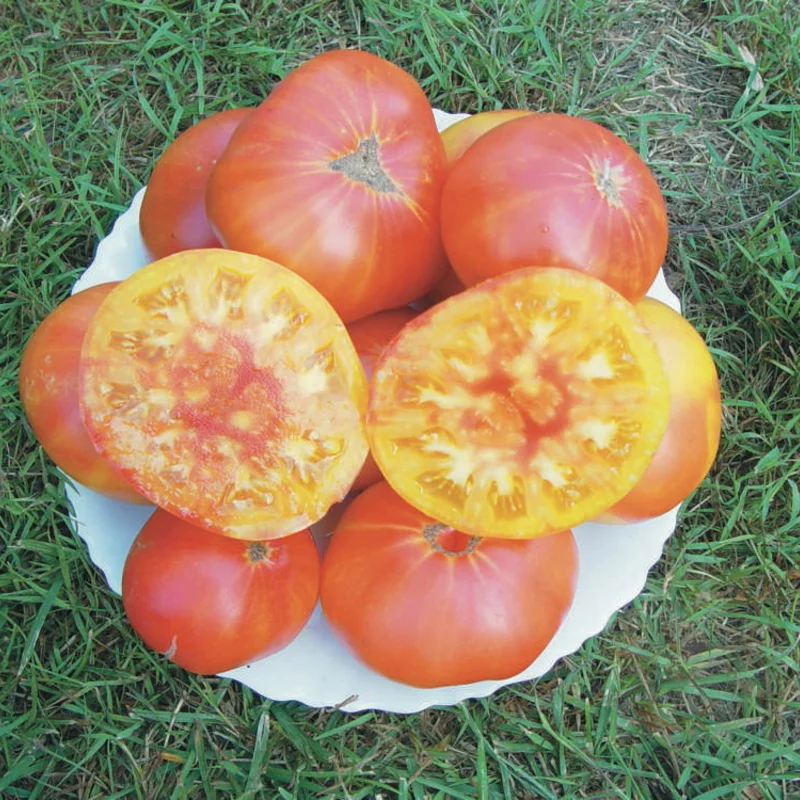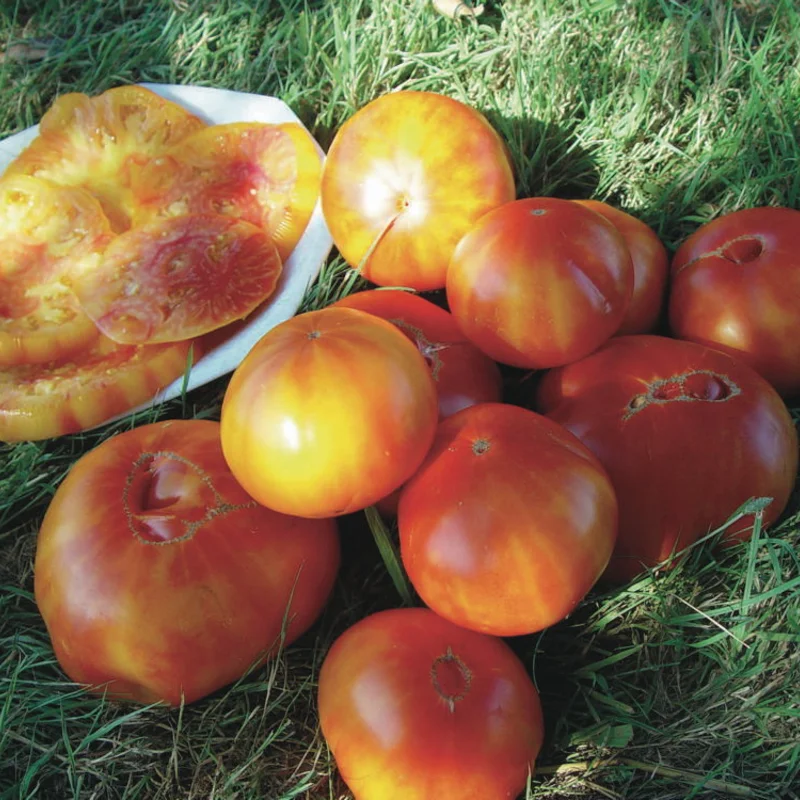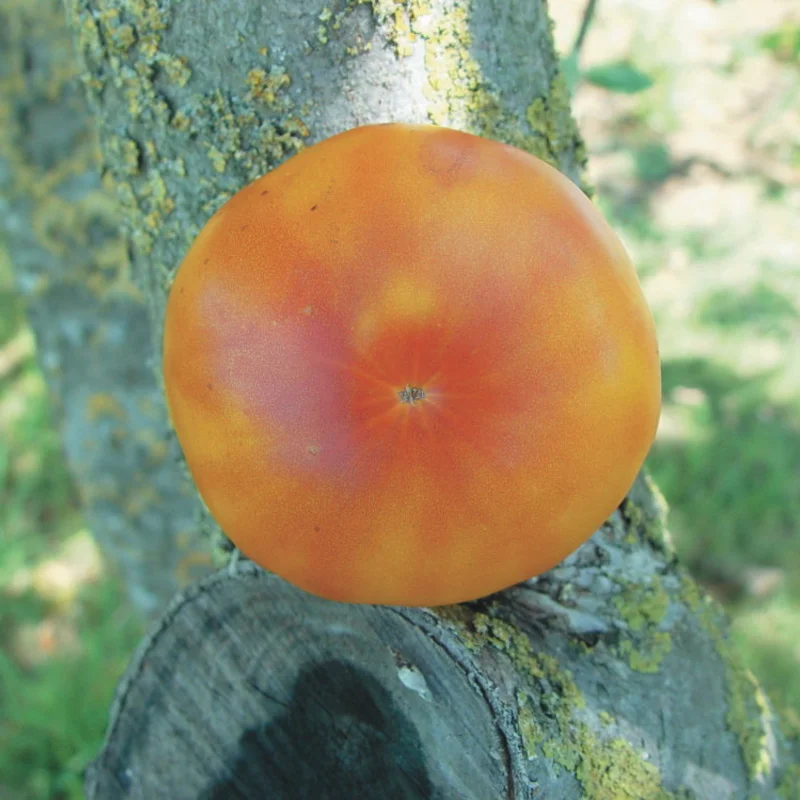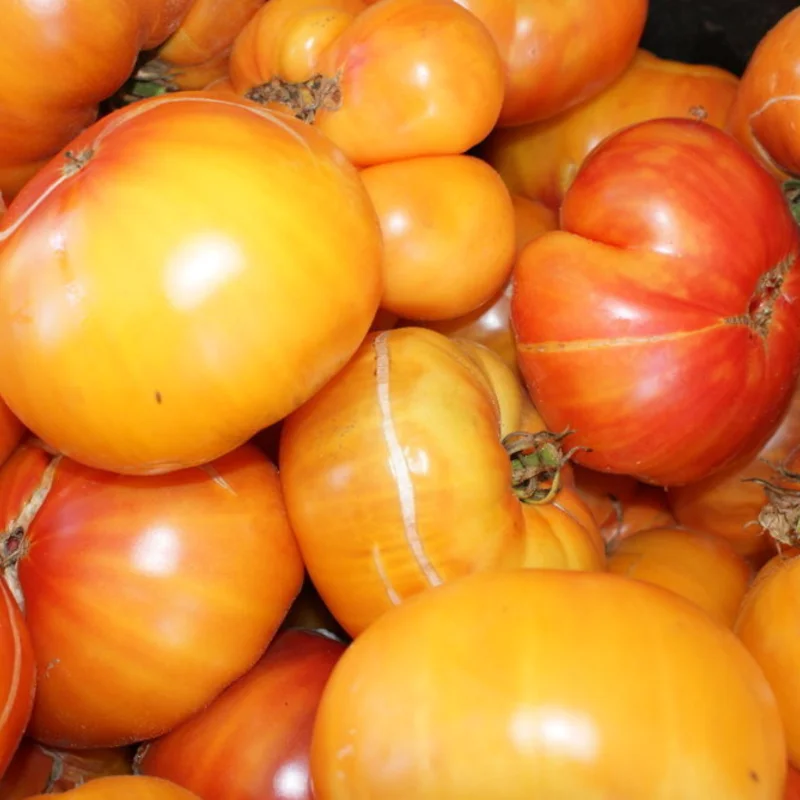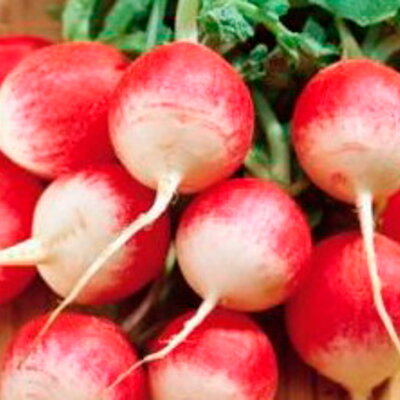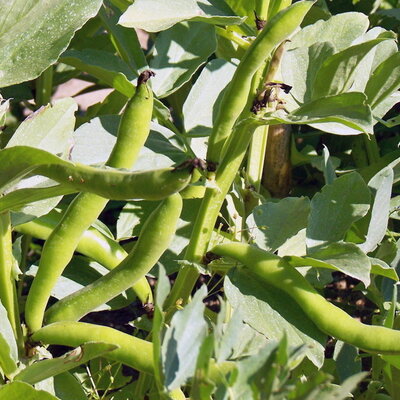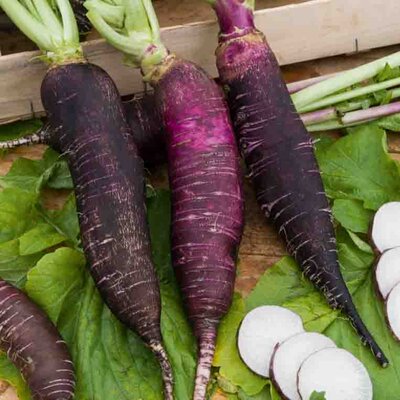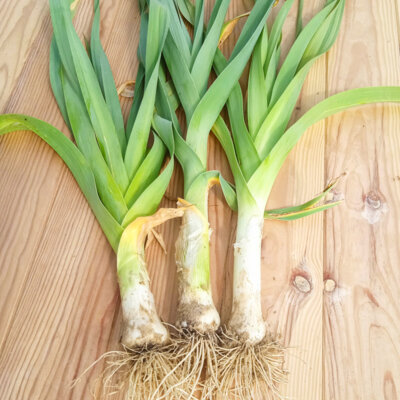Pineapple - Variegated Late Tomato
The pineapple tomato is a very old variety, withbeefsteak-like fruits that can reach up to 1 kg. The yellow skin is marbled with red, and the flesh is very firm, reminiscent of pineapple.
The fruit contains few seeds and has a rich, sweet flavor with a slight acidity.
Characteristics of the Pineapple tomato
The Pineapple tomato, Solanum lycopersicum, is a very old, late variety from Kentucky in the United States. Of indeterminate growth, the plant can reach up to 2 m in height. Its large, round, flattened "beef-flesh" fruits, with yellow skin marbled with red, can weigh up to 1 kg. They contain few seeds and their dense, juicy flesh, of the same variegated color, is reminiscent of pineapple. Its sweet, fragrant, slightly acidic flavor is delicious in salads.
How to grow pineapple tomatoes
Pineapple tomatoes can be sown from the end of February under glass until April, in pots or honeycombed trays, under a very bright shelter and at a temperature of between 16 and 20°C.
- Bury seeds 5-7 mm deep in potting soil;
- Water the seedlings, but do not over-water;
- Set up the tomato plantation indoors under a light source or in a nursery;
- Transplant into pots when the tomato reaches the stage of 2 to 4 true leaves. Bury the stem up to the two cotyledons to encourage root development and keep the plants protected from the cold;
- For 4 to 7 days before planting, take the tomato plants outside during the day to acclimatize them to outdoor conditions;
- As soon as the tomatoes are strong, transplant the whole clod into the vegetable garden, in full sun, after the last frosts. Plants destined for greenhouses can be planted when the indoor temperature no longer falls below 10°C;
- Maintain a minimum distance of 50 cm between plants, burying the stem up to the first leaves;
- Water tomatoes abundantly when planting in the vegetable garden.
To avoid fungal diseases such as mildew or apical necrosis, we recommend regular, but not excessive, watering of tomato plants, without wetting the leaves or flowers. You can also mulch the soil to conserve moisture, and use organic preventive treatments such as nettle purin and comfrey.
What to grow with tomatoes
In the vegetable garden, tomatoes enjoy the company of cabbage, lettuce, cucumber, tagetes and basil, which repel pests and improve yields. However, we advise against combining potatoes and eggplants with tomato plants.
Do pineapple tomatoes need pruning?
Pineapple tomatoes have an indeterminate growth habit. The stem will continue to elongate, forming numerous lateral branches, all of which produce flowers.
Pruning is not recommended. Pruning can cause open wounds to the tomatoes and encourage the spread of disease. For staking, these bulky plants can be kept in cages or on ladders.
When to harvest pineapple tomatoes
This late variety is harvested from July to October. Highly productive, this crop regularly produces fruit well into the season. This huge tomato is ideal in salads or carpaccio, simply seasoned with a drizzle of olive oil, salt and pepper. It also makes excellent yellow gazpachos for summer.
These products may also be of interest to you
in bucket
Sow in pots at a temperature of between 16 and 20°C, under a well-lit shelter, 5 weeks before planting. After the last frosts, transplant the whole clump into the ground at a minimum distance of 50 cm, burying the stem up to the first leaves. Water abundantly at the time of planting.
Solanaceae need light and heat to produce. In cool climates, it's best to grow them under cover and, depending on the soil, water them regularly.
February, March, April
July, August, September, October
in the ground, in the greenhouse
full sun
medium
all floor types
drained, rich, reheated
Solanum lycopersicum
late
From 600 to 1000 g
35 seeds
round and flat
farm
indeterminate
variegated
regular
United States
Inconnue
This ancient variety originated in Kentucky in the United States.



